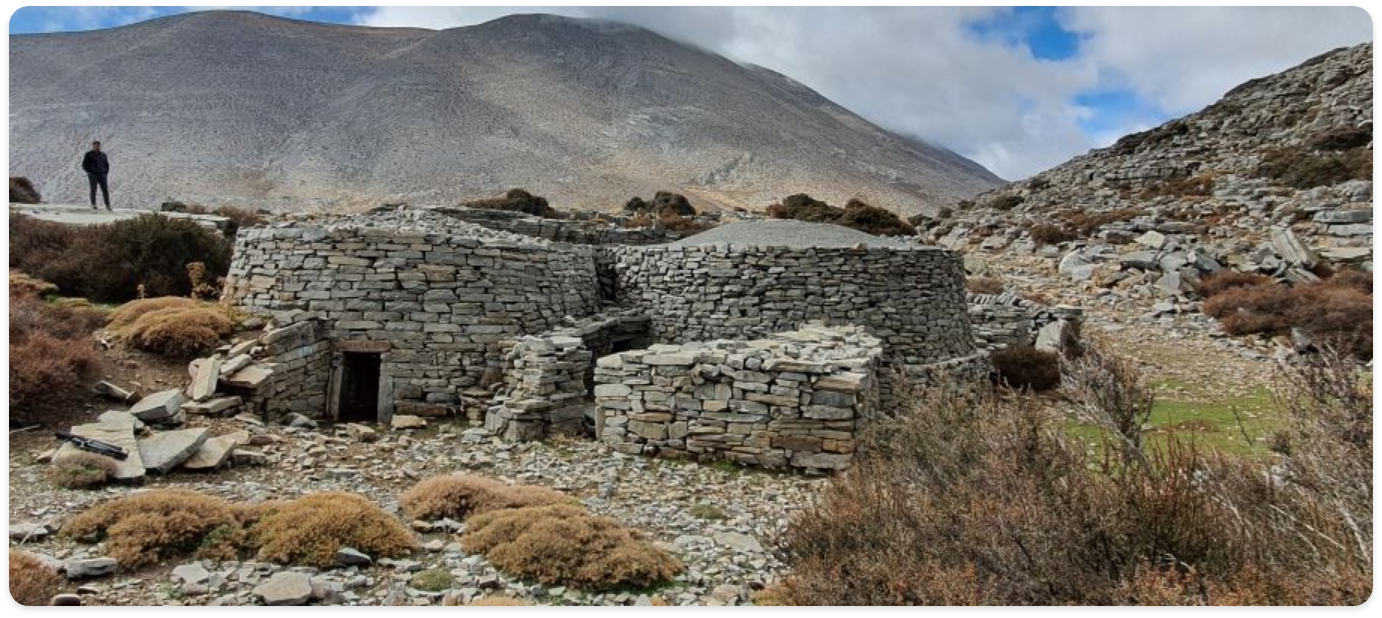
The Metartum project is an augmented reality application centered around the exploration of different forms of art in the open natural and cultural environment of Mount Ida (UNESCO Geopark of Psiloritis). Focusing on contemporary art and culture interacting with the folk culture of the dry stone, the project places Mitato of Psiloritis at its core as an alternative artistic workshop for inspiration, expression, and creation.
In the current UNESCO Geopark of Psiloritis and other mountainous regions of Crete (White Mountains, Omalos, Lasithi Mountains), the term “Mitato” refers to the ensemble of dry stone constructions that served as the dwelling and productive space for Cretan shepherds.
The circular dry stone structures of Mitato are scattered across the mountains of Crete and are still used today as mountain accommodations, houses for shepherds on the mountain, where they reside and carry out their dairy farming activities. Harmonizing with their natural surroundings, they extend from the land and rise above the shrubby vegetation, junipers, sagebrush, and thyme.
Etymologically, the word “Mitato” comes from the Latin METATUM, meaning a military camp, a temporary military outpost, and is related to the Roman presence on the island of Crete and the forts that were developed. The cylindrical type of shepherd camps must have been much more widespread and extensive in Crete until the end of the Middle Ages.
Since the Renaissance, with the modernization of the conquerors’ weaponry and the frequent military interventions within Crete, herders were confined to the mountainous areas where we find their remnants today. Thus, the tradition of the “gyristo” (revolving) Mitato significantly declined, especially in the semi-flat areas.
Learn more about the shepherd and the world of the Psiloritis shepherd here:
Intangible cultural heritage